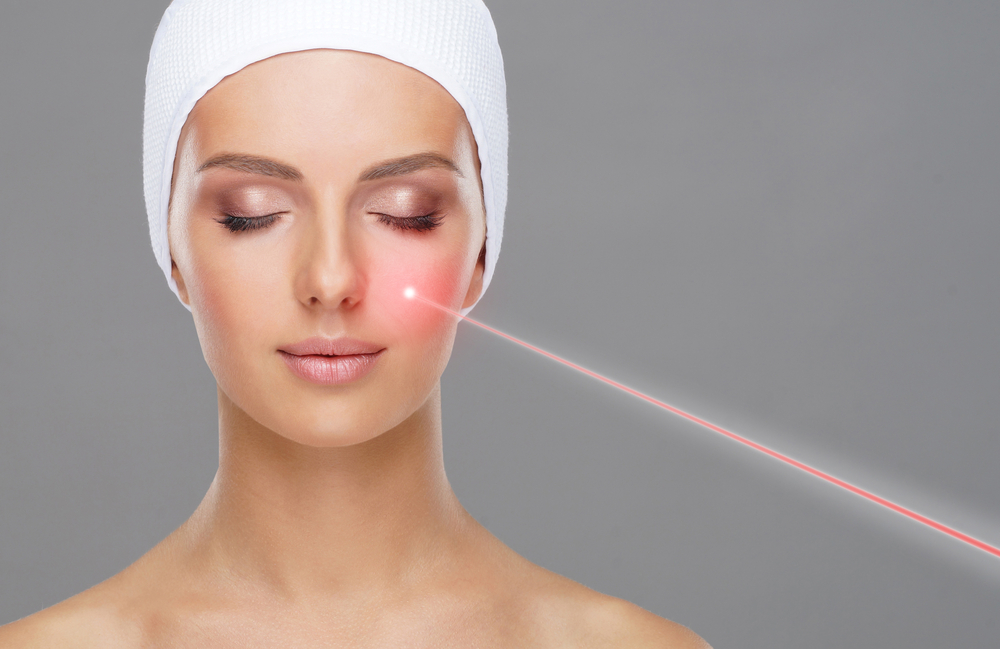You know every lump, bump, and crevice on your body. You should, after all, you’ve spent a lifetime inside your skin. Most adults have one, two, or more moles somewhere on their bodies.
In many cases, moles appear in out-of-the-way spots, such as the back. However, you might want to have one or more moles removed. Your dermatologist can easily remove a mole and test it to ensure it doesn’t contain cancerous cells.
This guide can help you understand moles and their removal by your dermatologist.
What Is a Mole?

Some people are born with moles (Nevi) while other moles develop as we age. A mole is a spot on the skin, and they are typically raised above the surface. Many moles appear darker than the surrounding skin, although this isn’t always true.
Moles can appear in a variety of colors, shades, sizes, and shapes. Your mole may start out looking like a normal freckle and slowly become raised. Over time, a mole might grow larger and darker. It’s possible that hair might start growing out of one.
Moles can also begin to fade in color over the years and slowly disappear. It’s also possible that friction and clothes rubbing against a mole can cause one to fall off.
Abnormal or Dysplastic Moles
While most moles are normal. It’s possible that you might have an abnormal or dysplastic mole. This type of mole needs to be removed by your dermatologist and tested to ensure there aren’t any cancerous cells. An abnormal mole has certain characteristics including:
- Changes in size, shape, and color. This might only be a change in shape, or it might be a difference in size and color.
- Uneven borders around the mole.
- Color variations throughout the mole.
- A mole larger than six mm or about the size of a pearl.
- An asymmetrical appearance.
If you notice any of these characteristics or changes, it’s always a good idea to visit your dermatologist. They can help you decide if it’s necessary to remove the mole and send it for testing. In some cases, it can be better to watch it for changes for a few months.
When it comes to moles, and their removal, the first step is always to visit your dermatologist. They can evaluate your moles and partner with you on the decisions moving forward, offering expert advice and guidance.
How Do You Know When It’s Time to Visit the Dermatologist About Your Mole?
Life gets busy. You probably have a to-do list that doesn’t make it easy to schedule a doctor’s appointment, much less go into their office for a visit. It’s too easy to dismiss a mole.
However, there are times when it’s essential to see a dermatologist about your moles. Here are a few signs that it’s time to get your mole evaluated and possibly removed for your overall health and well-being:
- The mole itches or becomes caught or irritated by clothing.
- You simply don’t want it anymore, such as a mole on your face, neck, or arms.
- A new mole or one whose appearance is changing in noticeable ways.
- You suspect the mole might be cancerous.
- The mole displays any symptoms, such as bleeding, discharge, or itchiness.
- The mole is in an inconvenient location, such as the scalp.
Your dermatologist will look at any suspect moles and give you their advice. If it’s a matter of aesthetics or an unpleasant location, your doctor can remove it even if it doesn’t appear cancerous.
If it’s your first time having a mole removed, you might feel a little weary about this minor medical procedure. Information can help ease your mind and help you feel more relaxed.
How Does a Dermatologist Remove a Mole?

Before having your first mole removed, you want to know a little more about how the procedure is performed. The good news is that most mole removals are performed in your dermatologist’s office and only take a few minutes to complete.
If your doctor believes the mole needs to be tested for cancerous cells, or you want it removed for some other reason. After numbing the area, your doctor will use one of three methods to do this. These include:
- Shave biopsy: This removal method removes the tissue of the mole raised above the skin, producing enough tissue for a biopsy. The dermatologist uses a surgical blade razor to shave the raised layer of the mole off the body. You can expect minimal if any scarring from this method.
- Punch Biopsy: This method doesn’t remove the entire mole, but it does excise enough cells to send it to a laboratory for test. The dermatologist uses a specialized tool to remove a cylindrical portion of the mole or lesion.
- Excisional biopsy: When a mole is flush against the skin or believed to be cancerous, your dermatologist will remove the entire mole. With the removal complete, the doctor may need to stitch the location to pull the skin back together.
Whether the mole has been removed because your dermatologist believes it’s cancerous or because you want an annoying mole removed, your doctor will send it to the laboratory for testing. You can expect to hear back from your doctor within a week to 10 days with the results.
After a mole removal, you should experience minimal discomfort and pain. If the dermatologist needed to do an excisional biopsy and add stitches, you’ll need to take precautions.
The area might need to stay dry, and you’ll need to check to ensure it’s healing properly. There are very rarely any complications from a biopsy on a mole. It’s done as an outpatient procedure.
In most cases, your dermatologist will perform the procedure during the same appointment that they examine the mole. It’s a routine procedure, and your dermatologist probably performs a few each week.
At the Dermatology Institute of Southern California, we’re ready to guide you through the process of removing a mole. Our team can answer any additional questions that you may have about mole removal. Contact us today to learn more or schedule an appointment.

